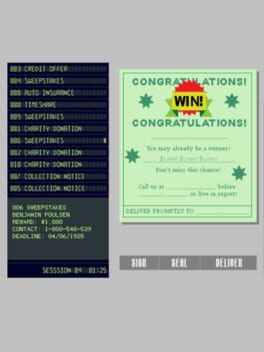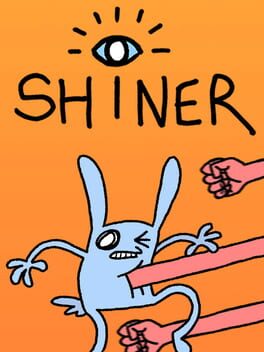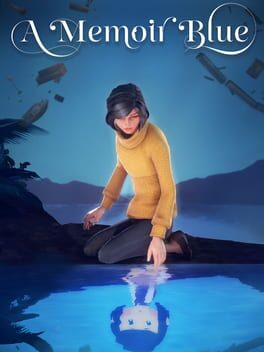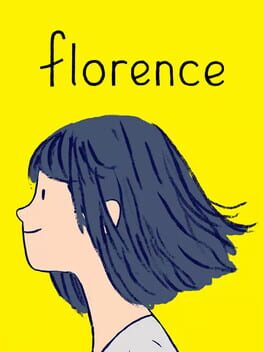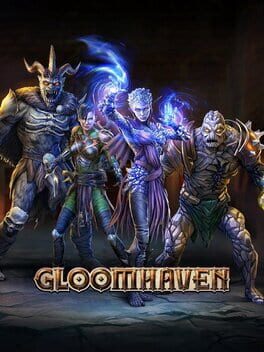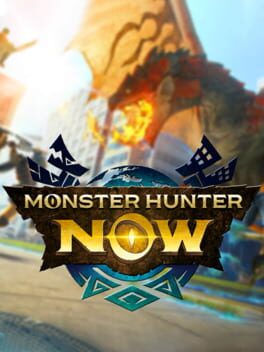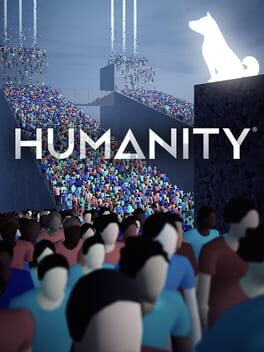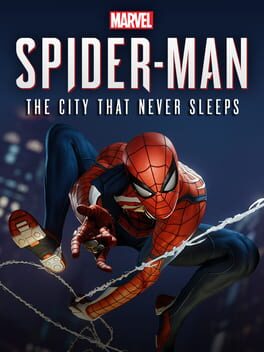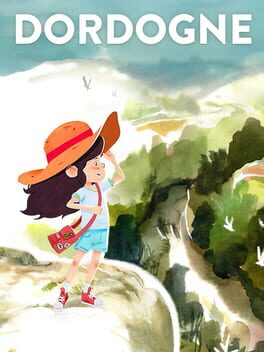jvet
2022
2015
2023
Perhaps its greatest strength if it’s remarkable timing, arriving early enough in a year of stellar releases that it was able to make a splash when so many indies of similar caliber flounder. The gameplay loop doesn’t have the same hooks as Dave the Diver—it’s aquatic brother in 2023–but it is still satisfying. A hazard with this type of upgrade system is that the early game can feel sluggish, and the boat does initially pilot like an ox. A few hours and upgrades later and it all feels much more seaworthy. The visuals and mechanics are more limited than expected, but that’s more a problem of comparison and expectation than with the game itself as both are cleverly and pleasantly designed. But it was ultimately the “flavor” of the game that caught me. I’m a sucker for a eldritch story, and the unique spin on it here permeates the game.
If you like the story and want more of it, try John Langan’s novel, The Fisherman.
If you like the story and want more of it, try John Langan’s novel, The Fisherman.
2023
2022
A short, simple, but personal narrative game. While affecting, the ending feels ultimately unearned as the final act of the game is rushed. It’s unsatisfying when it could have been impactful. Compared to Annapurna’s other published games (see Florence), the mechanics don’t compliment the story and it’s weaker for it.
2018
It took a second playthrough of the game to appreciate it on its own terms. The first time I tried it, I rushed through the game in a single sitting and was left feeling disappointed by how slight the game felt, both in terms of mechanics and length. This time through, knowing it was a short experience, I spaced it out, playing an act a day. I was surprised by how much more I enjoyed the game. The use of game mechanics to tell the story is truly impressive and is better experienced than explained. That alone makes this game worth a recommendation as it tells a story in a way only a game could, which is good as the story is a bit cliche.
2019
2023
Like many of Niantic’s games (and many free to play games, especially on mobile), early progress and gameplay seems promising until the dopamine runs out and the grind begins. Had some real promise too, but eventually you’re bashing your head against the same monster countless times for a meager upgrade that would be expedited by money.
2023
Frequently brilliant and inventive, occasionally frustrating; some of the unlocks ease pain points, but a rewind button would’ve helped the longer puzzles with fail stated. The boss battles seemed an odd choice but might’ve made more sense if I’d played Rez as the earlier project seemed an inspiration for the otherwise random bullet hells.
I could see this being a lot of fun to play through when each part was initially released. Each chapter serves as an interesting chapter in the ongoing Insomniac Spider-Man story and offers a few hours of content that give you an excuse to return to NYC. However, when taken together, it suffers from being too much of a good thing. Hammerhead is an uninteresting villain, and the more the narrative shifts focus to him, the less engaging the story becomes. Couple that with very “samey” side content, and I only bothered to 100% the first of the three chapters. There are some surprising character arcs for the supporting cast, but they are over quickly.
2021
It’s an interesting idea, but it’s hard to call it a game. Your interaction is so limited, it simply takes tapping to move to its conclusion (though I later discovered it was considered a “one-button” game). This is more like an interactive story, but not an exceptionally interesting or well told one at that. I’m glad it’s short or I never would’ve seen the credits.
2023
It’s impossible to discuss this game without mentioning the beautiful art. While other games strive for photorealism or fluid style, Dordogne breathes a placid beauty in its watercolors—a beauty matched in its stellar soundtrack that sounds like a misplaced recording by Panabrite. That beauty belies a surprisingly somber story; don’t allow the pastel colors to fool you into thinking this is a children’s game. The collection aspects of the gameplay can be frustratingly fiddly, though none of it is required to finish the game. It’s an enjoyable package when taken as a whole, but the music and visuals punch above the weight class of the story, writing, and gameplay.
2022
A poignant story of the complicated relationship between parent and child that was all the more impactful as a parent myself. It asks some profound questions without pretending to have all of the answers. As an interactive story, there’s more story than interactivity, but I didn’t mind as it’s told effectively with beautiful music and a strong performance. It isn’t the greatest game in Annapurna’s catalog, but it is solid and worthwhile.

